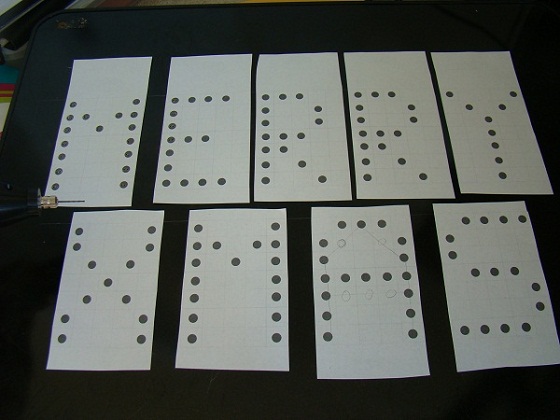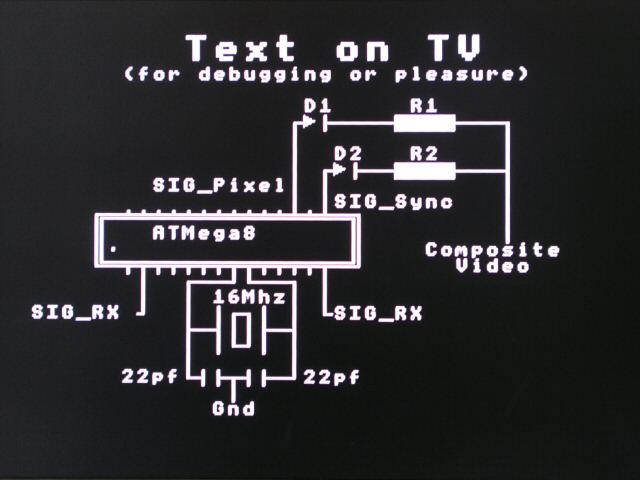Running message display project for Christmas

Introduction
As Christmas is coming people have already lightened their houses. I thought of doing something different for this Christmas besides the festive Christmas lights. I made a running message display using LEDs, and thought of sharing it with you. This is a very simple running message display project that displays the message ‘MERRY XMAS’, where each letter is created with 5mm diameter red-color LEDs. The 9 letters in the message are individually turned on or off through a PIC16F688 microcontroller’s I/O pins. Therefore, a variety of display patterns can be generated through the software inside the microcontroller.






